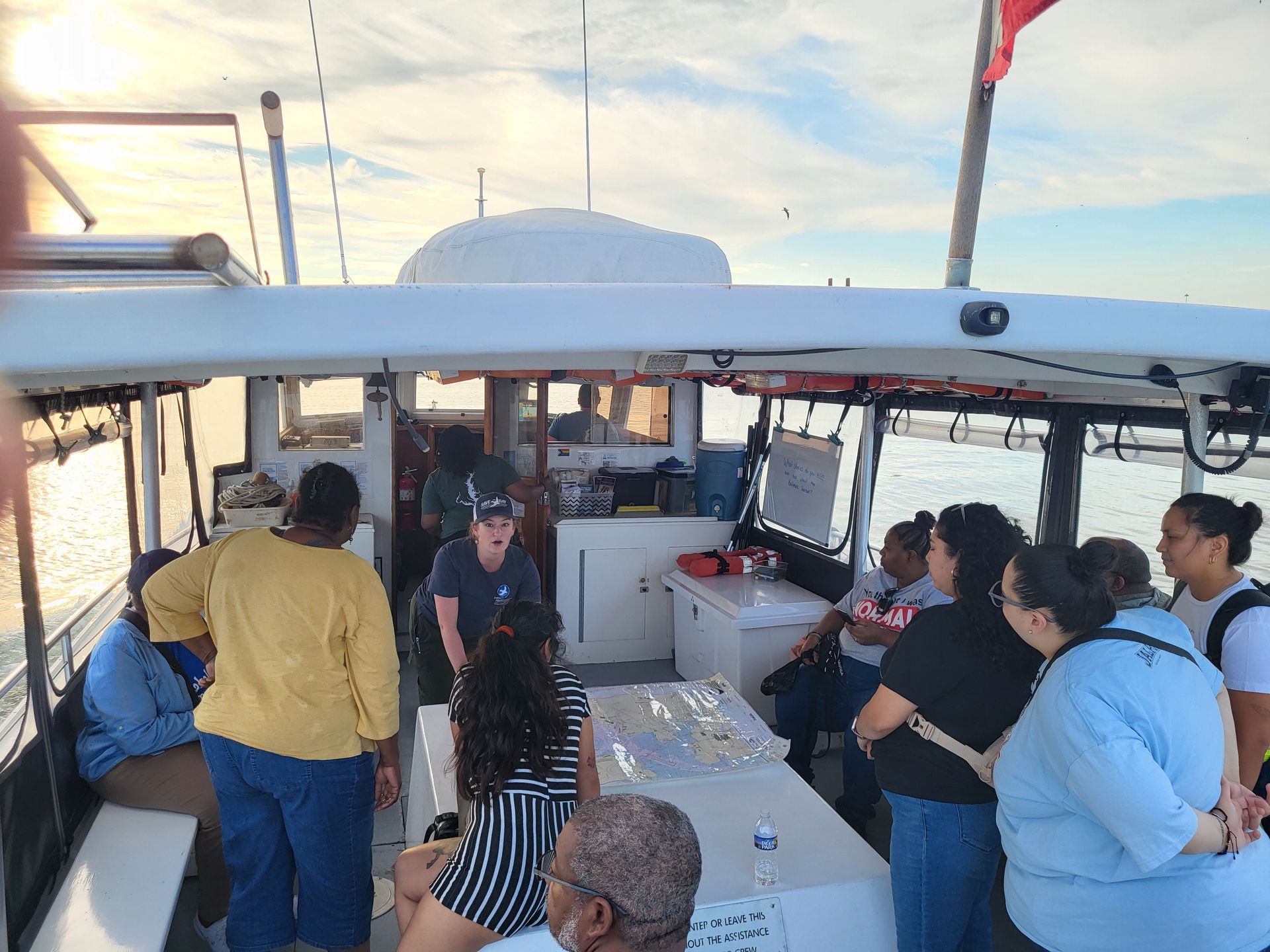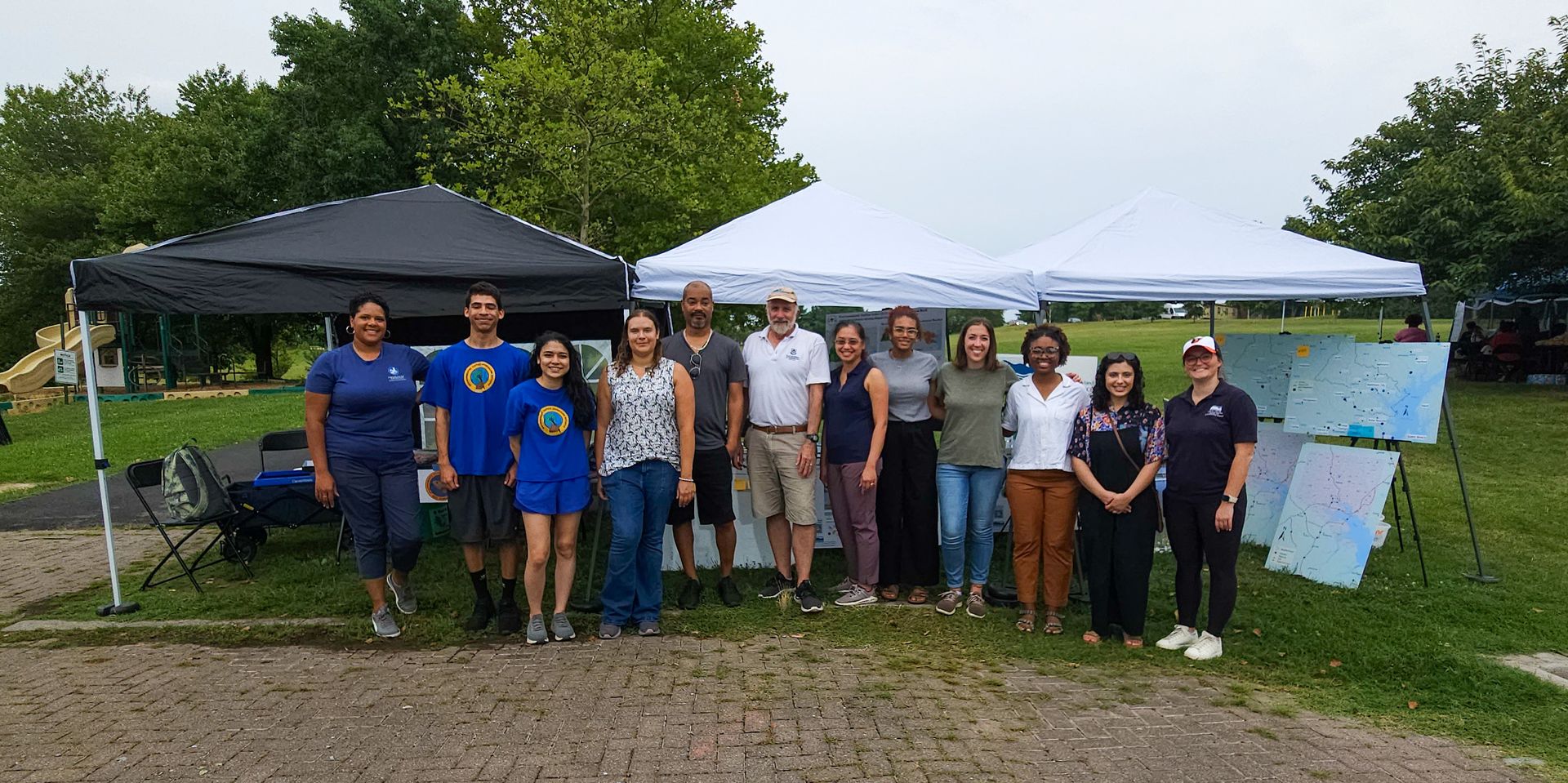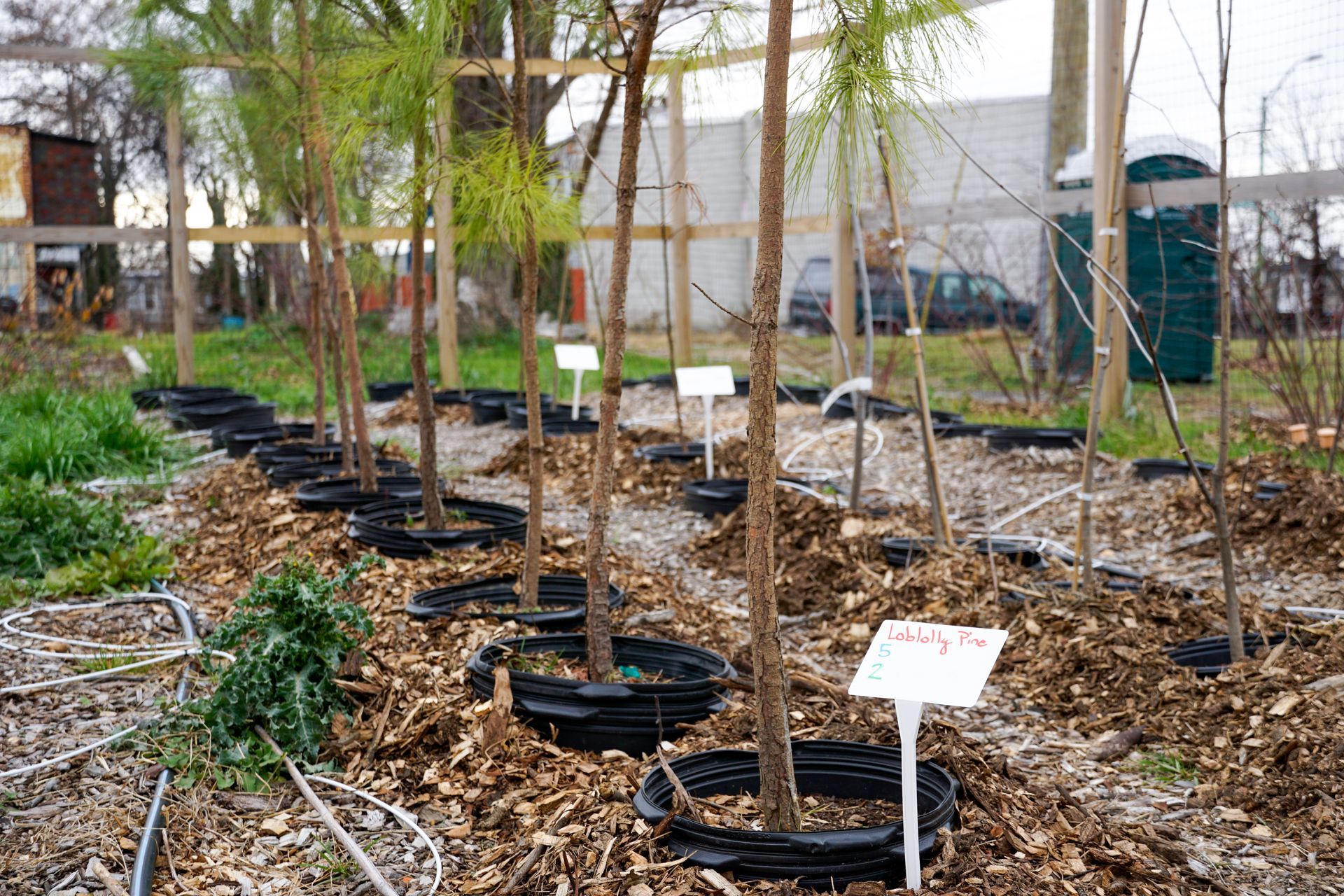New Documentary, Hiding in the Walls, Tackles the History and Stigma of Lead Poisoning
New Documentary, Hiding in the Walls, Tackles the History and Stigma of Lead Poisoning
By Laura Quigley
Baltimore has something dangerous lurking in its walls.
As in so many urban areas, lead lines the walls of many houses in Baltimore City, poisoning residents years after its countrywide ban. In a new documentary,
Hiding in the Walls, filmmakers David Sebastiao and Angel Wilson examine the unsettling history of lead paint usage in marginalized communities and its impact on those who ‘have lead.’
Now available for streaming on
Kanopy, the award-winning film tackles the complex history and legacy of lead paint poisoning. Through candid conversations with lead paint survivors and experts, Sebastiao and Wilson strive to dispel the stigma of this often-misunderstood affliction while shining a light on the injustices that make lead poisoning so prevalent in cities like Baltimore.
At the heart of the documentary lies an intimately personal perspective - Wilson, herself, was diagnosed with lead poisoning. A Master’s graduate from the University of Baltimore, Wilson previously tackled the topic of lead paint in an
op-ed in the Baltimore Sun, as well as her book
Am I Doing This Right?.
While compiling research, Wilson realized there was a much larger story to tell.
“I knew that I wanted to tell the story,” Wilson says. “And I knew that I had to be the one to tell it, because I was the one living with it.”
She is not the only one.
According to a
report published by the Abell Foundation in 2022, over 85,000 occupied housing units in Baltimore City contain “dangerous lead hazards that pose a risk of lead exposure.” The neighborhoods with the highest percentages of homes containing dangerous levels of lead are located overwhelmingly in West, East, and South Baltimore – historically marginalized communities of mostly Black residents.

According to the documentary, the locations of lead paint hazards are not a coincidence. When the League of Nations prohibited lead paint in 1922, the United States declined to join the ban, despite widespread knowledge of lead poisoning. Before the United States banned lead paint in 1978, many US cities - including Baltimore - commonly used it in large-scale projects, including military and public housing.
“Ultimately, the culpability for lead paint and the results of it, even in 2023, lies with government agencies,” says Sebastiao. “[Lead paint] doesn’t just go away. It’s still there. It’s still in the walls even if it’s been painted over.”
Baltimore banned the use of lead paint in new housing in 1951, the first city in the United States to do so. Yet lead hazards can still be found throughout the city - in the crumbling residential paint of old houses, in the water fountains in public city schools. Like many rust belt cities, Baltimore experienced a building boom during the first half of the 20th century, a time when the use of lead paint and pipes was prevalent.
Lead poisoning is caused by ingesting or inhaling lead particles and can cause developmental delays and behavioral differences, as well as heart, memory, and mood issues, among other symptoms.
Yet, despite the government’s culpability in the historic usage of lead paint and delays in remediating residential lead paint and lead water pipes, Wilson says there is a dearth of support and resources. Those diagnosed with lead poisoning often receive a settlement check and little else. Often, dishonest lawyers would buy the settlements for pennies on the dollar, and the affected families couldn’t pay their medical expenses. Several such attorneys were
prosecuted for that behavior in the state, ultimately leading to some reforms.
“We need better education in the schools about lead poisoning and better resources,” says Wilson. “There should be long-term, free resources that help people cope with this.”
For those living with lead poisoning, it can be difficult to navigate the medical and financial implications, as well as the stigma the diagnosis carries. While ‘having lead’ has become a norm in afflicted Baltimore communities, individuals with lead poisoning are often judged as mentally deficient or emotionally unstable.
Hiding in the Walls seeks to break that stigma.
“Just like any other disease, from autism to cancer, [lead poisoning] affects people in different ways,” says Wilson. “You can’t put lead poisoning in a box.”
The documentary features interviews with four adult Baltimore residents, including Wilson, who are living with lead poisoning. Their stories are all different but they share a common thread. They have not let lead define them.
Hiding in the Walls refuses to let the history and legacy of lead poisoning go unspoken.
“I hope that [viewers] have a different understanding of lead poisoning - the history, how it purposely impacted low-income communities, how it still impacts us to this day,” says Wilson.
Stream the film on Kanopy, available through most public libraries:
https://www.kanopy.com/en/product/13041629
For more information on the film:
https://www.hidinginthewalls.com










